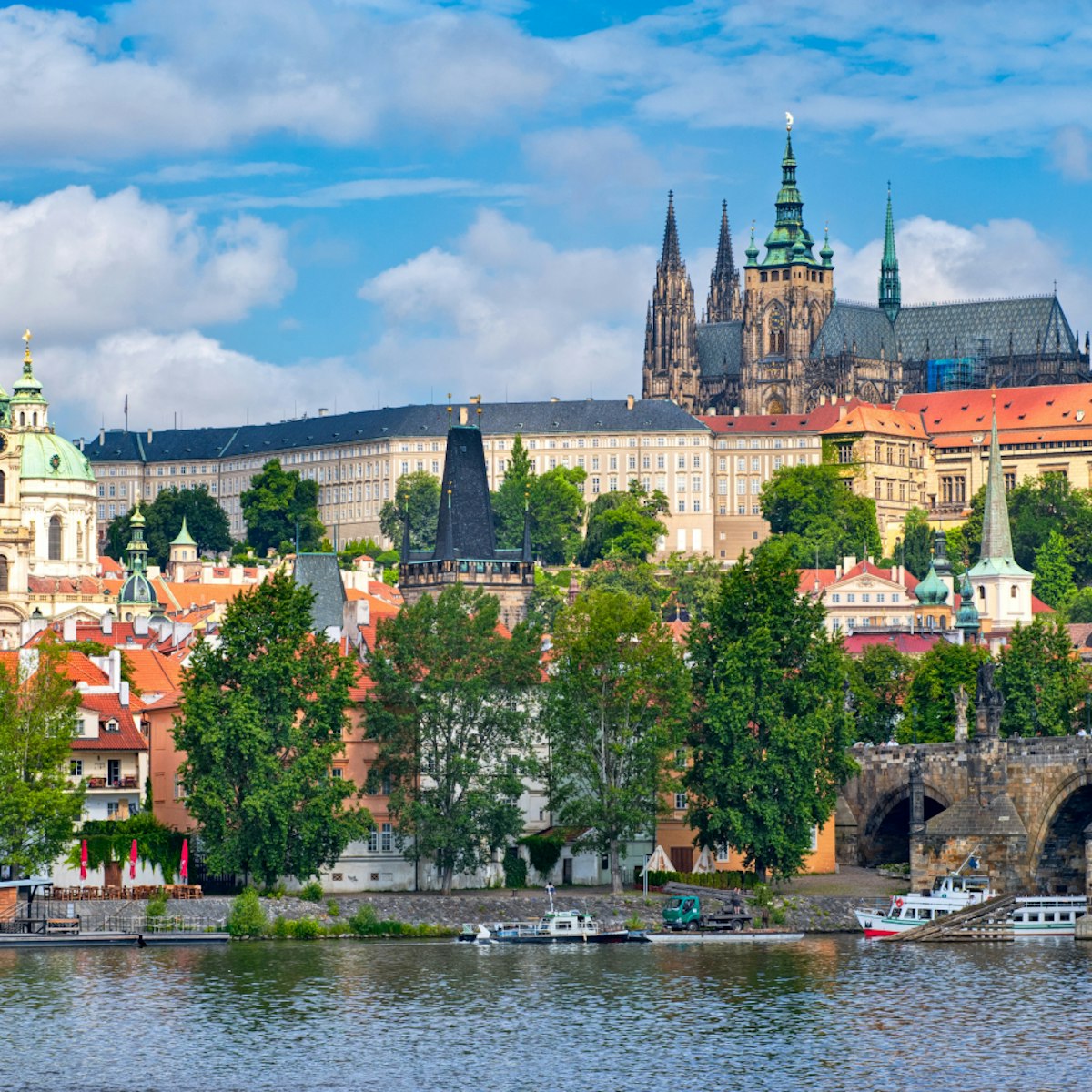This excellent, oft-overlooked museum, opened in 1898, is devoted to the history of Prague from prehistoric times to the 20th century (labels are in English as well as Czech). Among the many intriguing exhibits are an astonishing scale model of Prague, and the Astronomical Clock’s original 1866 calendar wheel with Josef Mánes’ beautiful painted panels representing the months – that’s January at the top, toasting his toes by the fire, and August near the bottom, sickle in hand, harvesting the corn.
The medieval and Renaissance galleries display lots of fascinating household artefacts, including a reliquary made of carved bone, plus more valuable items such as a 16th-century bronze figure of Hercules that was perhaps created for the Wallenstein Palace (it was found in an Old Town house in 1905).
But what everybody comes to see is Antonín Langweil’s 1:480 scale model of Prague as it looked between 1826 and 1834. The display is most rewarding after you get to know Prague a bit, as you can spot the changes – look at St Vitus Cathedral, for example, still only half-finished. The model has been digitised, and you can view a six-minute 'fly-through' of Langweil's Prague in a cinema in the museum basement (screenings every half-hour; 30Kč).
The Florenc building is the main branch of the museum, but it also administers 13 other sites, including most of the city's medieval towers.







